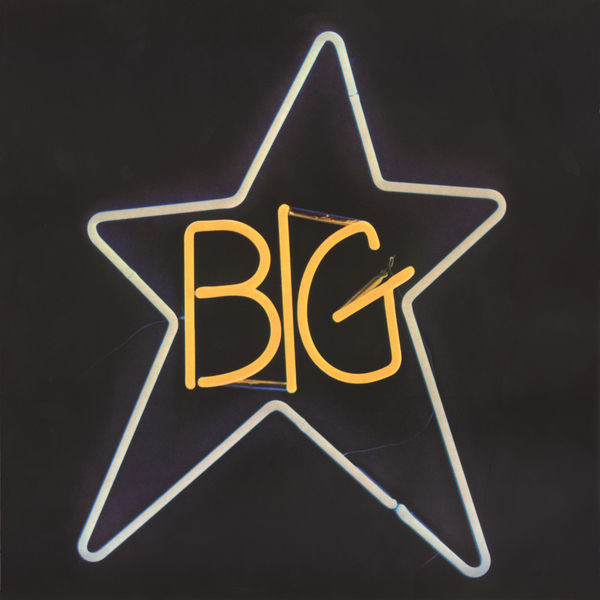{D} 118: Four stars? Kill me.
more than you ever wanted to know about ranking, scoring, and starring things
// I worked on a product this year that numerically scored the risk in a business process (think: air quality index, but for logistics)
// Scores are common and useful! (Uber, Yelp, etc) A score is easy to grok, standardizes communication, and enhances rule-based workflows for the system
// But complex scores and ranges can hurt more than they help: a…Keep reading with a 7-day free trial
Subscribe to Delightful to keep reading this post and get 7 days of free access to the full post archives.


